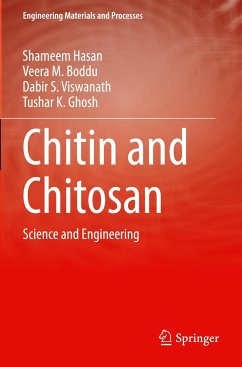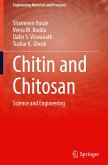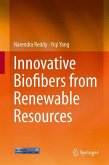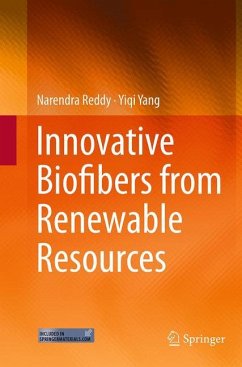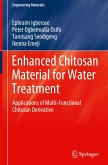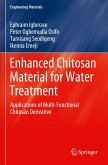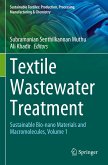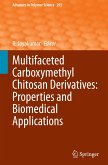This book reviews work that covers everything from basic chemistry to advanced applications. Chitin and chitosan are used in a plethora of applications from wastewater treatment to prosthetics.
After introducing the subject of polysaccharides as a whole, the authors turn to the preparation of chitin and chitosan and the characterization of the latter. The book provides information on chitin chemistry, extraction of chitin, chitosan preparation processes, and the applications of their derivatives in various fields. Among the applications that are included in detail are the adsorption of heavy metals for pollution prevention and clean-up, biosensors, cosmetics, various medical applications from anti-tumor activity to bone tissue engineering, agriculture and food production, and proton exchange membranes for fuel cells.
Chitin and Chitosan features:
- information on molecular structure, synthesis, properties, and latest research related to chitin and chitosan;
- coverage of a wide range of topics from the properties of chitosan to its derivatives and applications;
- in-depth information on biomedical applications of chitin and chitosan; and
- information that can be applied to other biopolymer processing engineering areas.
This book will be of interest to practitioners working in a wide variety of industries for which chitin and chitosan are useful materials, researchers in biosensors and heavy-metal adsorption, and to academic researchers investigating the properties, preparation, and uses of these materials.
After introducing the subject of polysaccharides as a whole, the authors turn to the preparation of chitin and chitosan and the characterization of the latter. The book provides information on chitin chemistry, extraction of chitin, chitosan preparation processes, and the applications of their derivatives in various fields. Among the applications that are included in detail are the adsorption of heavy metals for pollution prevention and clean-up, biosensors, cosmetics, various medical applications from anti-tumor activity to bone tissue engineering, agriculture and food production, and proton exchange membranes for fuel cells.
Chitin and Chitosan features:
- information on molecular structure, synthesis, properties, and latest research related to chitin and chitosan;
- coverage of a wide range of topics from the properties of chitosan to its derivatives and applications;
- in-depth information on biomedical applications of chitin and chitosan; and
- information that can be applied to other biopolymer processing engineering areas.
This book will be of interest to practitioners working in a wide variety of industries for which chitin and chitosan are useful materials, researchers in biosensors and heavy-metal adsorption, and to academic researchers investigating the properties, preparation, and uses of these materials.

